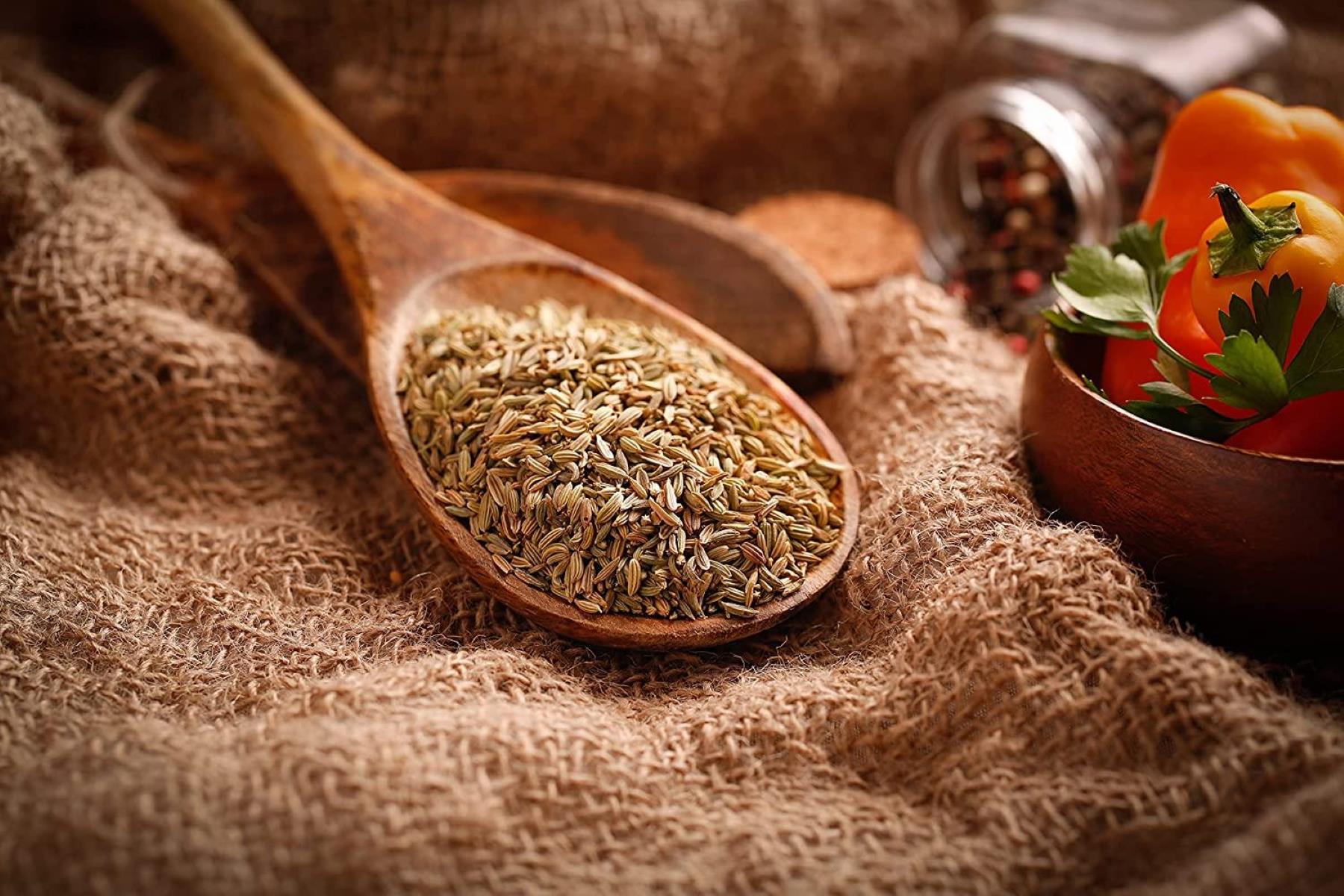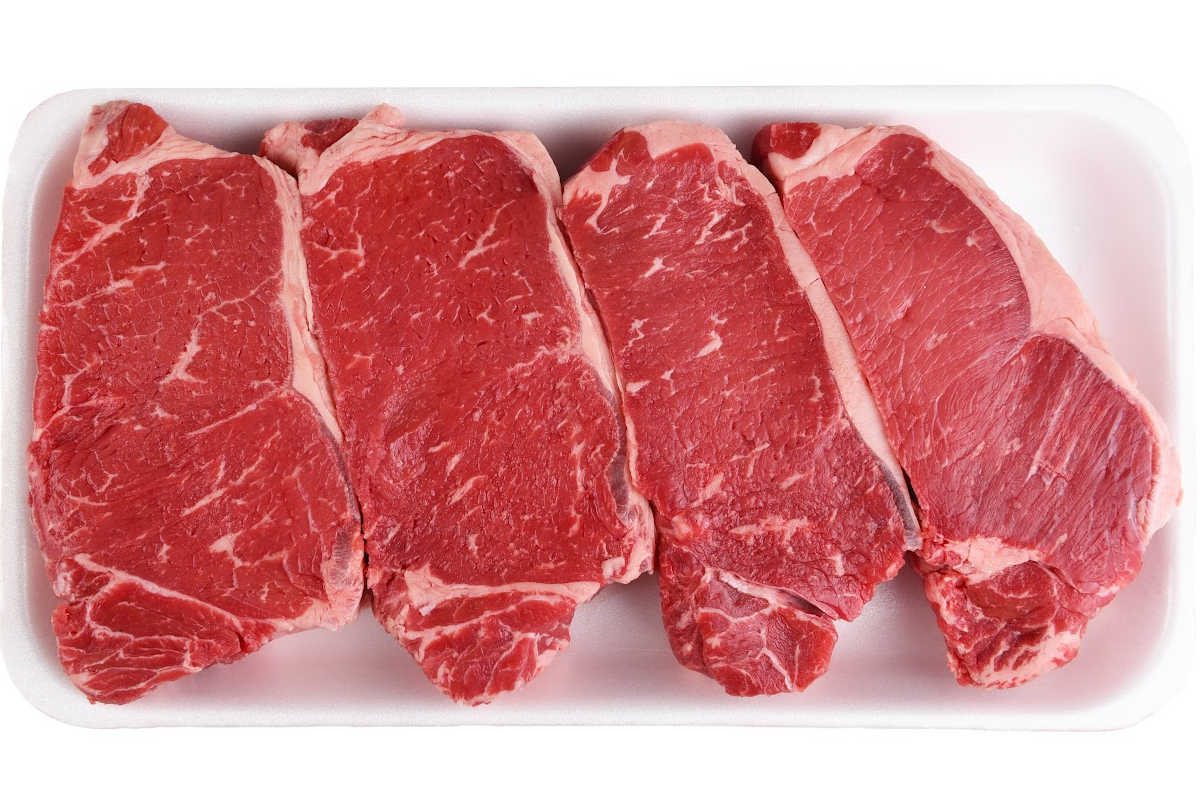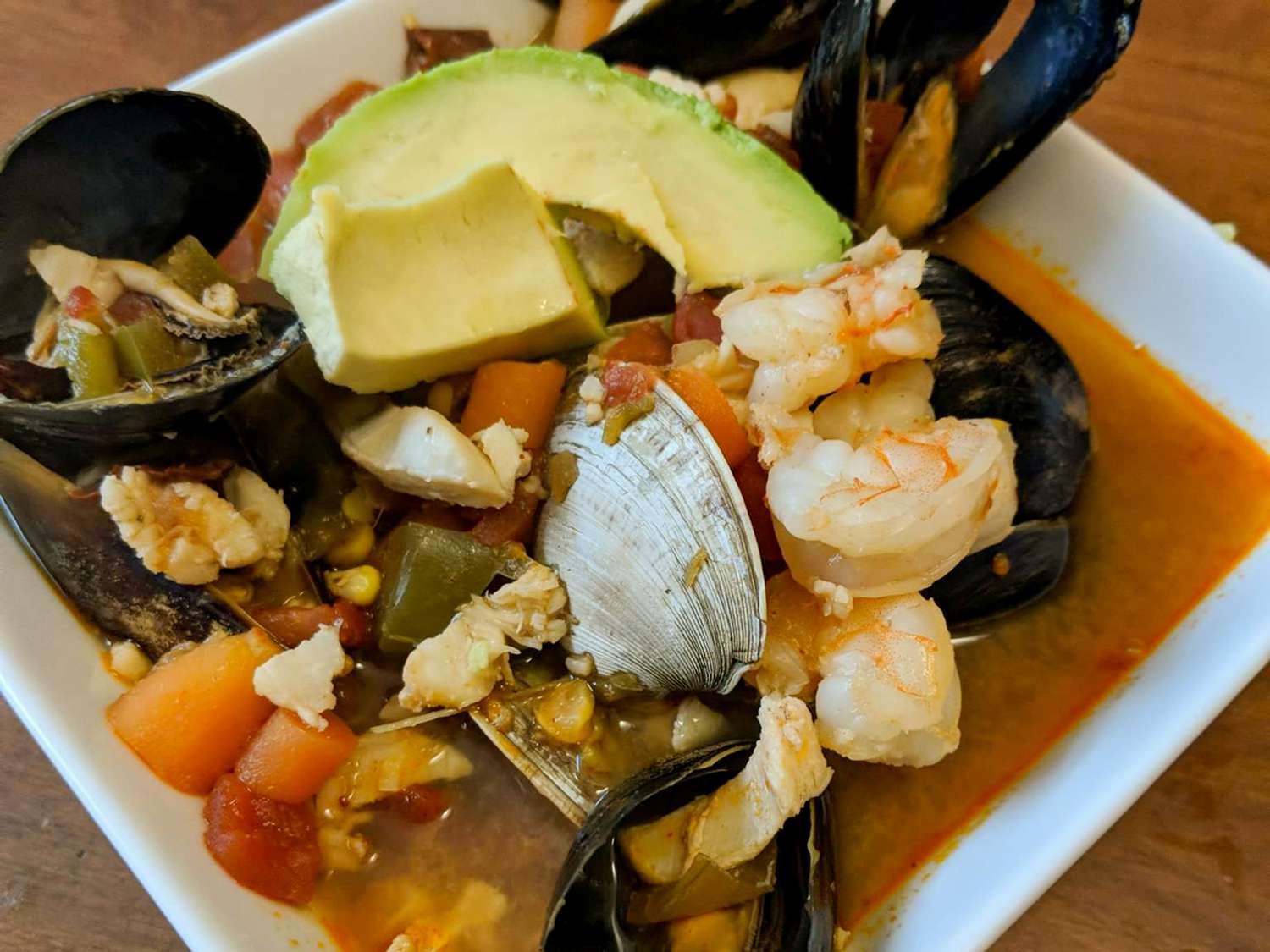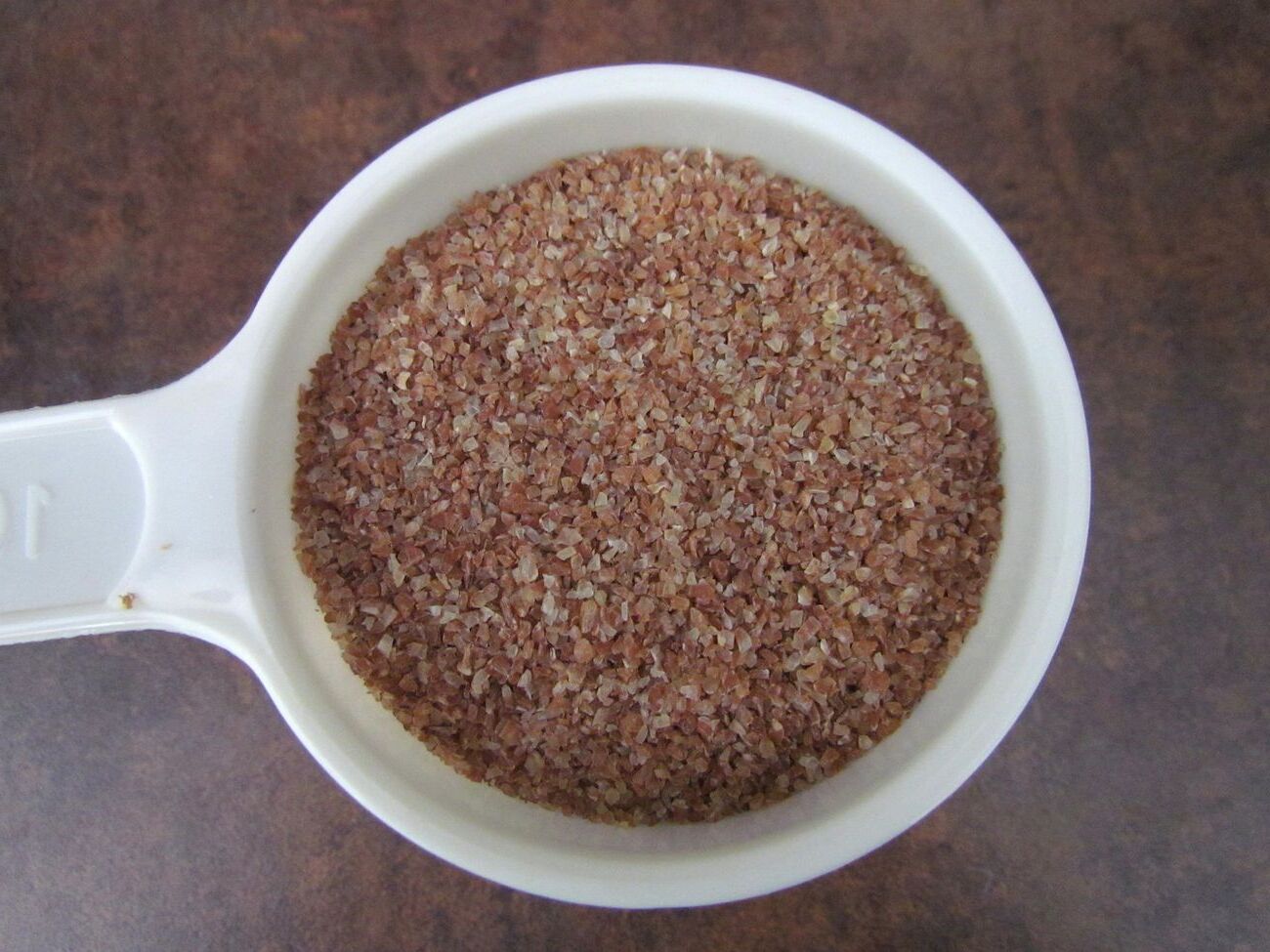Understanding Celery: A Versatile and Nutritious Vegetable
Celery is a crunchy, green vegetable that belongs to the Apiaceae family. It is widely used in cooking and is known for its distinct flavor and crisp texture. One of the most common ways to purchase celery is in the form of a stalk.
What is a Stalk of Celery?
A stalk of celery refers to a single rib or stem of the celery plant. It is long and slender, with leafy green tops and a pale, crunchy base. Each stalk is composed of several individual ribs, which can be separated and used in various culinary applications.
Characteristics of Celery Stalks
When you look at a stalk of celery, you’ll notice several key characteristics:
- Color: The stalk is typically a vibrant shade of green, with lighter hues towards the base.
- Texture: Celery stalks are crisp and firm, making them ideal for snacking or adding crunch to dishes.
- Flavor: The flavor of celery is refreshing and slightly bitter, adding a unique taste to recipes.
Uses of Celery Stalks
Celery stalks are incredibly versatile and can be used in a variety of ways:
- Snacking: Enjoy celery stalks on their own or with dips for a healthy and satisfying snack.
- Cooking: Chop celery stalks and add them to soups, stews, stir-fries, and other savory dishes for added flavor and texture.
- Salads: Incorporate sliced celery stalks into salads for a refreshing crunch and a pop of green color.
- Juicing: Celery stalks are a popular ingredient in green juices and smoothies, adding a refreshing and hydrating element to the beverage.
Nutritional Benefits of Celery Stalks
Aside from their culinary uses, celery stalks offer a range of health benefits:
- Low in Calories: Celery stalks are a great option for those looking to maintain a healthy weight, as they are low in calories but high in fiber.
- Rich in Vitamins and Minerals: Celery stalks contain essential nutrients such as vitamin K, vitamin C, potassium, and folate, which are important for overall health.
- Hydrating Properties: With a high water content, celery stalks can contribute to hydration and help keep the body well-hydrated.
- Antioxidant Effects: The antioxidants present in celery stalks may help protect the body from oxidative stress and inflammation.
In Conclusion
Celery stalks are a valuable and nutritious component of the celery plant, offering both culinary versatility and health benefits. Whether enjoyed raw, cooked, or juiced, celery stalks are a fantastic addition to a balanced diet.
Next time you reach for a stalk of celery, appreciate its crispness and the multitude of ways it can enhance your meals and contribute to your well-being.
Was this page helpful?
Read Next: What Is The White Stuff On Sour Candy?











